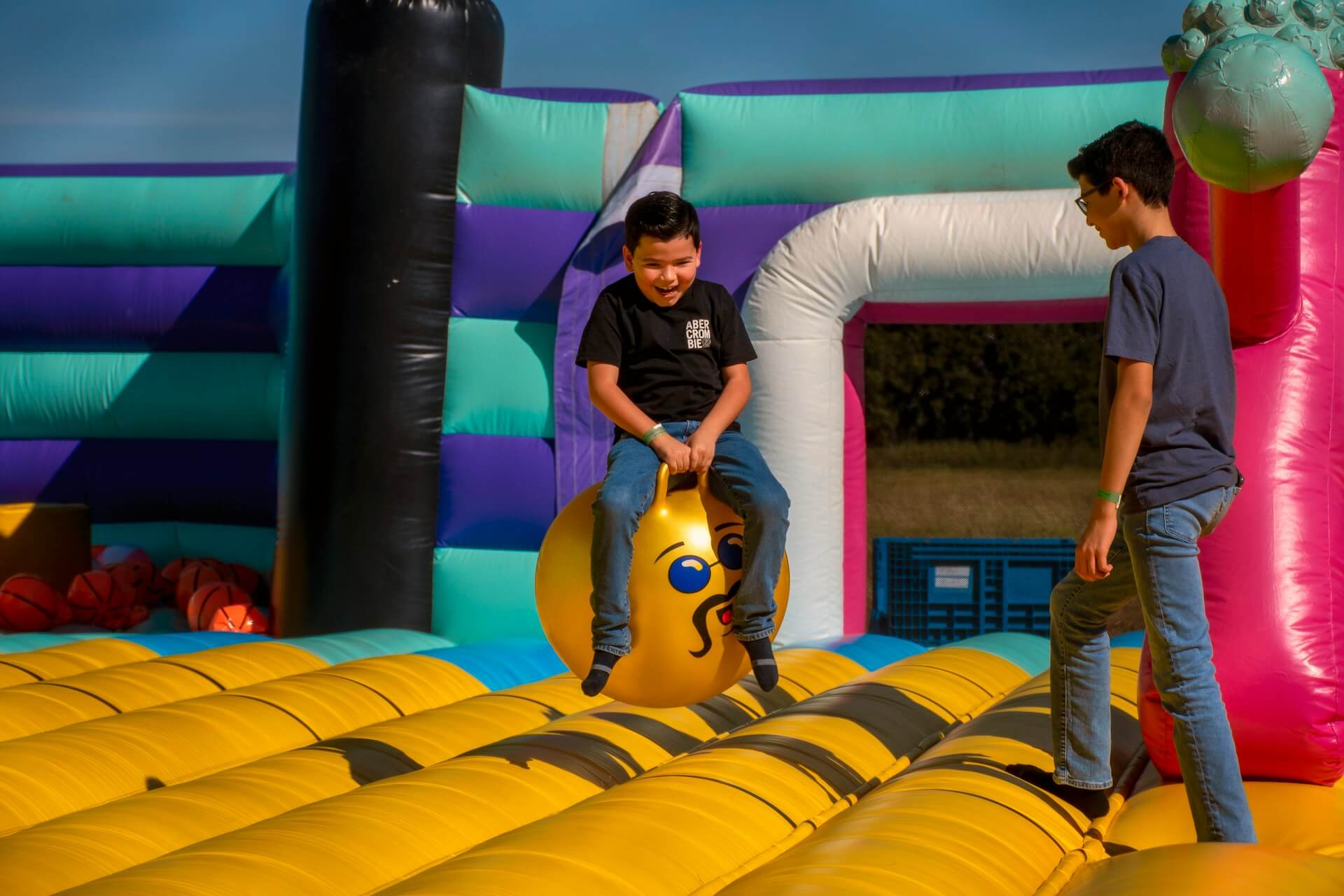Inflatable structures have become synonymous with fun, vibrant events, from children’s birthday parties to large-scale public gatherings. However, these towering play structures also come with a set of potential safety considerations that, when overlooked, can lead to severe accidents. For parents, event planners, and safety enthusiasts, ensuring a safe and secure inflatable experience is paramount.
To equip you with the necessary knowledge and tools to ensure safety isn’t just an afterthought, this comprehensive guide outlines crucial safety guidelines for inflatable rentals. Each tip is designed to support the execution of a successful, joyful event while keeping all participants out of harm’s way.
Understanding Inflatable Safety
When it comes to planning a big event in Ontario with inflatables and event rentals, safety should be at the top of your priority list. While everyone loves a good bounce house or slide, it’s important to ensure that the rental company you choose prioritizes safety just as much as you do. Take the time to research their safety measures and equipment maintenance history.
Pre-Event Safety Checks
Begin your safety regimen with pre-event checks that leave no stone unturned:
- Equipment Inspection: Examine the inflatable for signs of wear, especially at the seams, anchor points, and entryways. Check for any loose threads or stitching that could prompt a tear during use.
- Cleanliness and Sanitation: An often-overlooked aspect of safety is cleanliness. Ensure the inflatable is free of debris, sharp objects, and any materials that could pose a health hazard, like mold or animal droppings.
- Weather Watch: Stay updated on the forecast. High winds and rain are red flags, as they can destabilize the structure. Have a weather contingency plan in place that includes quick deflation and evacuation procedures.
Staff Training and Supervision
The best way to mitigate accidents is to have a well-trained staff on hand. Here’s how to accomplish that:
- Certification and Training: All staff operating the inflatable should be certified in CPR and First Aid and trained in the operation specifics of that inflatable.
- Supervision Protocol: Develop a clear supervision protocol. Have a ratio of supervisors to participants – one adult for every five children is a good baseline. These supervisors should be easily identifiable and equipped with a whistle or other alert devices.
- Emergency Drill Rehearsals: Regularly scheduled emergency procedure drills will ensure your staff is ready to respond in real time in the event of an accident or equipment malfunction.
Operational Best Practices
Once the event starts, ensuring safety is an ongoing choreography of protocols and best practices. Below, we detail some of the best strategies to keep the good times rolling without a hitch.
Proper Inflation and Deflation
The correct inflation of an inflatable is essential for its usability and safety:
- Inflation Site Preparation: Choose a level, clear space for inflation. Clear away any overhanging branches, power lines, or other obstacles that could interfere with the safe use of the inflatable.
- Inflatable Tethering: Always tether the inflatable to the ground with stakes, sandbags, or water barrels, following the manufacturer’s recommendations to the letter. This will prevent the structure from becoming airborne or shifting during use.
- Deflation Procedures: Supervisors should be trained in proper deflation techniques, including when and how to do it. A structured deflation process ensures that participants exit the inflatable safely and that the equipment is stowed correctly.
Participant Guidelines and Behavior
Engaged participants usually result in safer play. Here are the participant-focused tips you should consider:
- Participant Briefings: Before the fun begins, conduct a 30-second safety briefing. Highlight rules such as ‘no flips’, ‘one person at a time’, and ‘shoes off’. Children and parents should both be aware of and respect these guidelines.
- Structured Play Sessions: If the event is large, consider implementing structured play sessions to limit the number of participants at one time. This will also allow for breaks and an opportunity to check the equipment.
- Supervision Continuity: Have a plan to ensure continuous supervision, even during peak times when the inflatable is most in use. This might involve shifts, rest periods, or rotating tasks among the supervising staff.
Maintenance during Use
Keep an eye on wear and tear while the inflatable is in use to prevent any potential safety hazards:
- Regular Safety Inspections: Have a qualified supervisor perform regular walkarounds and inspections to look for any signs of wear or damage that might need immediate attention.
- Safety Breaks: Schedule regular pauses for the inflatable, especially during extended use. These breaks can be used for quick maintenance checks, cleaning, and time to rest the equipment.
- Event Monitoring: Continuously monitor the event for high-risk behavior or potential hazards. A well-trained staff should be proactive in maintaining the safety of the environment.
Post-Event Procedures
The responsibility for safety doesn’t end when the last participant leaves the inflatable. Here’s what to consider after the event wraps up:
Equipment Disinfection
Protect against the spread of illness by appropriately disinfecting the inflatable after use:
- Disinfection Products: Use approved disinfection products that are safe for the inflatable material and gentle on the environment.
- Thorough Cleaning: Disinfect all surfaces and entryways of the inflatable where hands and feet have made contact. Focus on high-touch areas to prevent the spread of germs.
Inspection and Storage
Wrap up with a detailed inspection and proper storage to ensure the longevity and safety of the inflatable:
- Post-Event Inspection: After deflating, conduct a thorough inspection of the equipment, looking for any issues that may have arisen during use.
- Repairs and Maintenance: Any damage should be assessed for repair or replacement. Fix or replace any damaged parts before the next use.
- Safe Storage Protocols: Store the inflatable in a clean, dry location away from direct sunlight and extreme temperatures. Proper storage is critical to preventing premature deterioration.
Conclusion
An inflatable rental can elevate an event to new levels of entertainment, but safety must always be the foundation. By adhering to the above guidelines, you ensure a fun, memorable experience that’s enjoyed with peace of mind. Safety is a shared responsibility, and it’s through diligence, training, and clear protocols that we can protect all participants. Remember, with the right preparation and a proactive approach, inflatable rentals can be an exhilarating, worry-free affair for all involved. By valuing safety, you’re not just preventing accidents; you’re also setting the gold standard for future events.



Leave a Comment